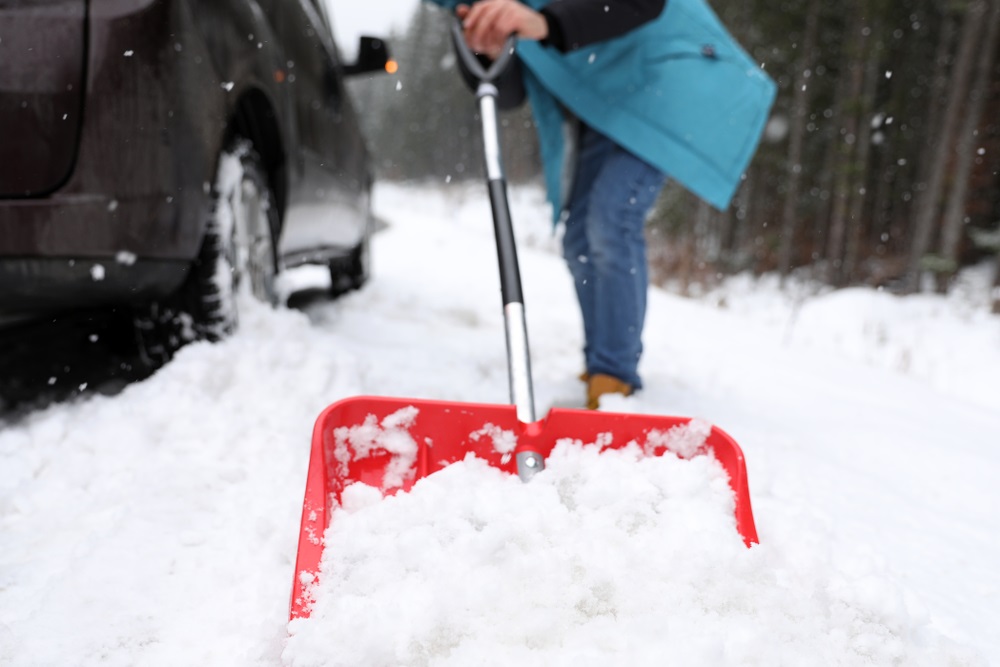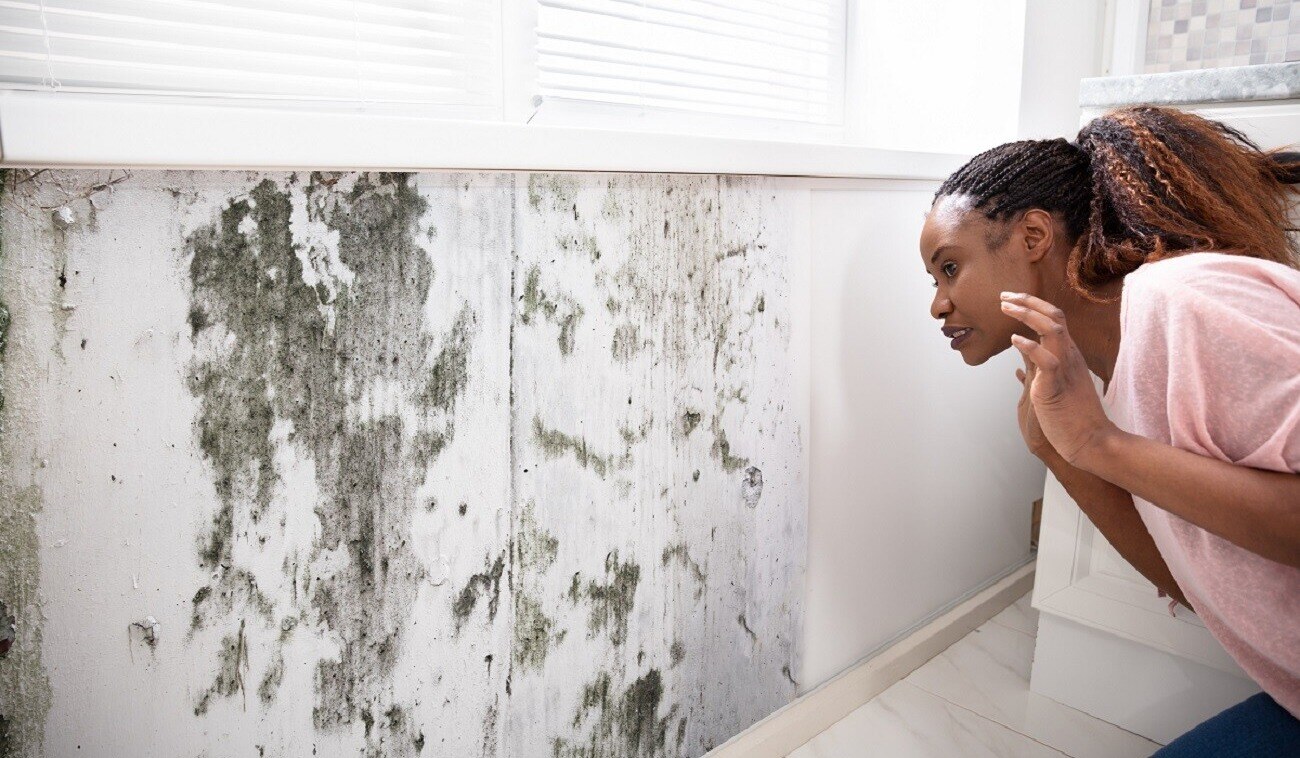
Humidity and Your Virginia Home
Virginia summers are reliably hot and sticky! Heat and humidity not only make your home's HVAC system work twice as hard, but this moisture also invites mold into your home. While mold plays an important role in breaking down dead organic matter in nature, it can potentially cause health issues for your family and costly damage to your home and belongings. Molds gradually destroy the things they grow on. You can prevent home damage, avoid potential health problems, and save money by controlling moisture and eliminating mold growth.
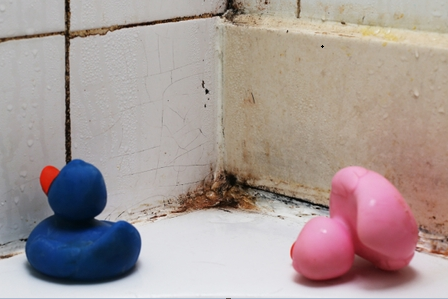
Even winter can bring mold problems. Keep cold surfaces prone to condensation, such as cold water pipes, covered with insulation. If you ever see condensation build up on your window panes during winter, your home has high moisture levels. This is especially common in the winter when outdoor air is cold and dry, and the indoor air is warm and humid. Act quickly to wipe the surface down and reduce moisture in your home. While small problems can be handled, a larger mold issue requires professional help. If you're in doubt, contact a certified expert in mold assessment, remediation, and removal.
Does home insurance pay for mold removal?
If you have a mold problem, you have a water problem. You may wonder if your home insurance will pay for long-term water damage and mold removal. Water leaks and mold growth are considered routine home maintenance issues and are not typically covered by home insurance. Keeping up with regular maintenance and addressing your home's exposure to humidity is key to avoiding costly damage and problematic home insurance claims.
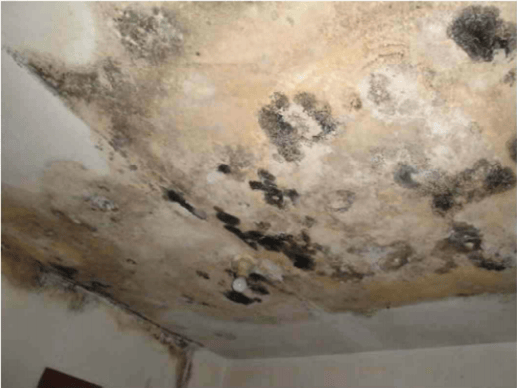
For example, let's say your 20-year-old roof has weather-damaged and worn-out shingles. This damage allows water into your attic which saturates and rots the wood, leading to mold growth on drywall. A professional can identify and repair leaks by having an annual roof inspection to prevent long-term sneaky water problems. If your roof is suddenly damaged by severe weather and rainwater gets in, your home insurance can cover those damages. However, mold growth following the damage can be averted by proactively addressing the damage, filing a claim, and getting your roof repaired promptly.
How To Prevent Mold in Your Home
While moisture problems in your home can be challenging, the good news is there are proactive things you can do to prevent mold. One simple, inexpensive solution to help keep those home moisture levels down during Virginia summers is a dehumidifier.
Portable Dehumidifiers Are Helpful
No mold grows without water or moisture. Ideally, homeowners should keep indoor humidity between 30 and 50 percent relative humidity using a dehumidifier. While a whole house unit requires professional installation and can be pricey, the large amount of moisture they remove lets you run your air conditioner less. But depending on your square footage, a suitable medium or large-capacity floor portable unit for just a few hundred dollars can do the trick. Choose a larger size to ensure efficiency if your indoor space is at the high end of a dehumidifier's capacity.

Floor dehumidifiers require minimal maintenance other than finding the ideal location, emptying the collected water as needed, and occasionally cleaning the filter. A basement is a great spot and may allow for a hose to automatically move collected water straight into a floor drain or sump pump.
More tips to prevent mold growth in your home
- Keep your air conditioning drip pans clean and its drain lines clear and flowing.
- Ventilation is vital, and fans are your friends! Bathroom fans, exhaust fans in the kitchen, and proper venting for any appliance that produces moisture are essential.
- Increase ventilation or air movement by opening doors and windows when dryer weather arrives.
- Pull up any carpet from areas where water has leaked. Increase ventilation and air temperature to aid the drying process quickly.
- Buy water detectors for your basement and near major appliances like water heaters, washing machines, and dishwashers.
- Clean mold safely with white distilled vinegar in a spray bottle. Because mold is resilient, it's best not to dilute the vinegar. Spray it directly onto the mold, and let it sit for at least an hour without rinsing or scrubbing so that the vinegar gets completely absorbed by the mold.
Mold From Other Water Problems
Water damage and mold growth can result from failed appliances, leaky pipes, seepage in basements, and expired weather stripping on your doors and windows. Maybe you need to clean and repair your gutters or properly slope your yard to move rainwater away from your home's foundation. French drains and sump pumps are fantastic for some homes predisposed to groundwater and drainage issues. Call a professional to diagnose tough water problems.
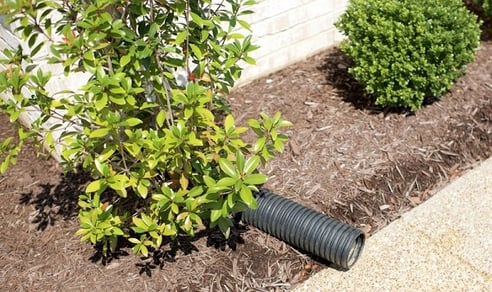
Flooding emergencies and mold
Flood water damage is not covered by standard home insurance unless you have a separate flood insurance policy or insurance endorsement. Timely cleanup of flood water is critical. Mold will begin growing within 24-48 hours of water damage and can be expensive and difficult to remove if it’s not nipped in the bud quickly. This is where that dehumidifier can really come in handy. Keep it constantly running for quicker results during the cleanup period.
THE NORTHERN NECK INSURANCE INTEGRITY PROMISE — We pledge to provide straight talk and good counsel from our NNINS Virginia insurance experts through our blog. While we hope you find this to be a helpful source of information, it does not replace the guidance of a licensed insurance professional, nor does it modify the terms of your Northern Neck Insurance policy in any way. All insurance products are governed by the terms in the applicable insurance policy.

